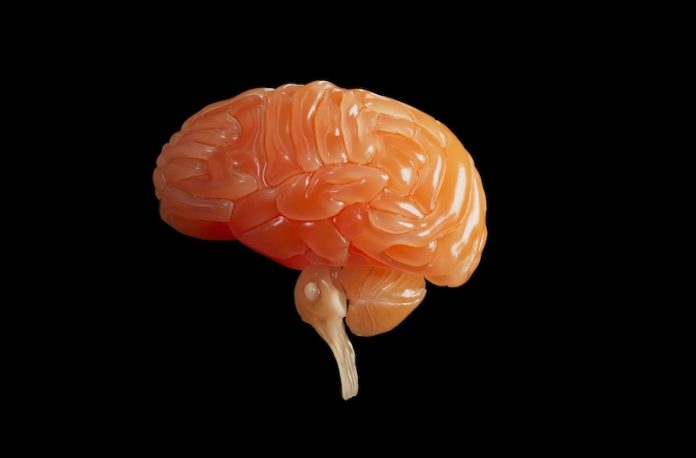
A team of researchers from the Keck School of Medicine at USC has discovered a key process inside brain cells that may play a role in Alzheimer’s disease.
They found that a specific protein, ABCA1, which helps brain cells stay healthy, does not work properly in people at risk for the disease. More importantly, they found a way to restore this protein’s function, which could lead to new treatments for Alzheimer’s.
This discovery is based on ten years of research and was recently published in the journal Molecular Neurodegeneration.
The Role of Cholesterol in Brain Health
Scientists already know that having too little “good” cholesterol (HDL) in the brain increases the risk of Alzheimer’s disease. The protein ABCA1 helps produce this good cholesterol.
However, in people with Alzheimer’s, ABCA1 is present in higher amounts than normal but does not seem to work properly. This was a mystery—why would there be more of the protein but less of its beneficial effect?
To understand this, the researchers studied brain cells from people with Alzheimer’s and those who carried a high-risk gene called APOE4. They also used mice that had been modified to develop Alzheimer’s-like symptoms.
The Discovery: A Key Protein Gets Trapped
The scientists found that in Alzheimer’s-affected brains, ABCA1 was getting stuck inside a part of the cell that removes waste, called the lysosome. Because it was trapped, it could not produce good cholesterol properly.
They also found the reason why: another type of cholesterol, called oxysterol, was building up inside brain cells. High oxysterol levels caused ABCA1 to get trapped, which not only reduced good cholesterol but also triggered inflammation and made cells age faster.
A Possible Solution
Once the researchers identified the problem, they looked for a way to fix it. They found that reducing oxysterol levels helped release the trapped ABCA1, allowing it to work properly again.
To test this, they gave mice with Alzheimer’s symptoms a drug called cyclodextrin, which lowered oxysterol levels. As a result, ABCA1 was freed from the lysosome, brain inflammation decreased, and signs of early cell aging were reduced.
The team also tested this in human brain cells grown in the lab, and the results were similar—lowering oxysterol allowed the cells to function normally again.
Why This Discovery Matters
Most Alzheimer’s treatments focus on removing protein buildups called amyloid plaques and tau tangles, which are common in patients with the disease. However, this study suggests that problems with waste removal and cholesterol balance in brain cells may happen much earlier.
The findings suggest a new approach to treating Alzheimer’s. If future research confirms these results, drugs that lower oxysterol levels could help prevent or slow the disease before major brain damage occurs.
The researchers are also exploring another enzyme called CPLA2, which, like ABCA1, plays a role in brain cell oxidation and inflammation. Blocking CPLA2 may offer another way to protect brain cells from Alzheimer’s.
Understanding what causes brain cell oxidation and inflammation could be a key breakthrough in Alzheimer’s research. More studies are needed, but this discovery gives scientists a new direction for finding treatments.
If you care about Alzheimer’s disease, please read studies about vitamin D deficiency linked to Alzheimer’s and dementia, and strawberries can be good defence against Alzheimer’s.
For more health information, please see recent studies about foods that reduce Alzheimer’s risk, and oral cannabis extract may help reduce Alzheimer’s symptoms.
The research findings can be found in Molecular Neurodegeneration.
Copyright © 2025 Knowridge Science Report. All rights reserved.



